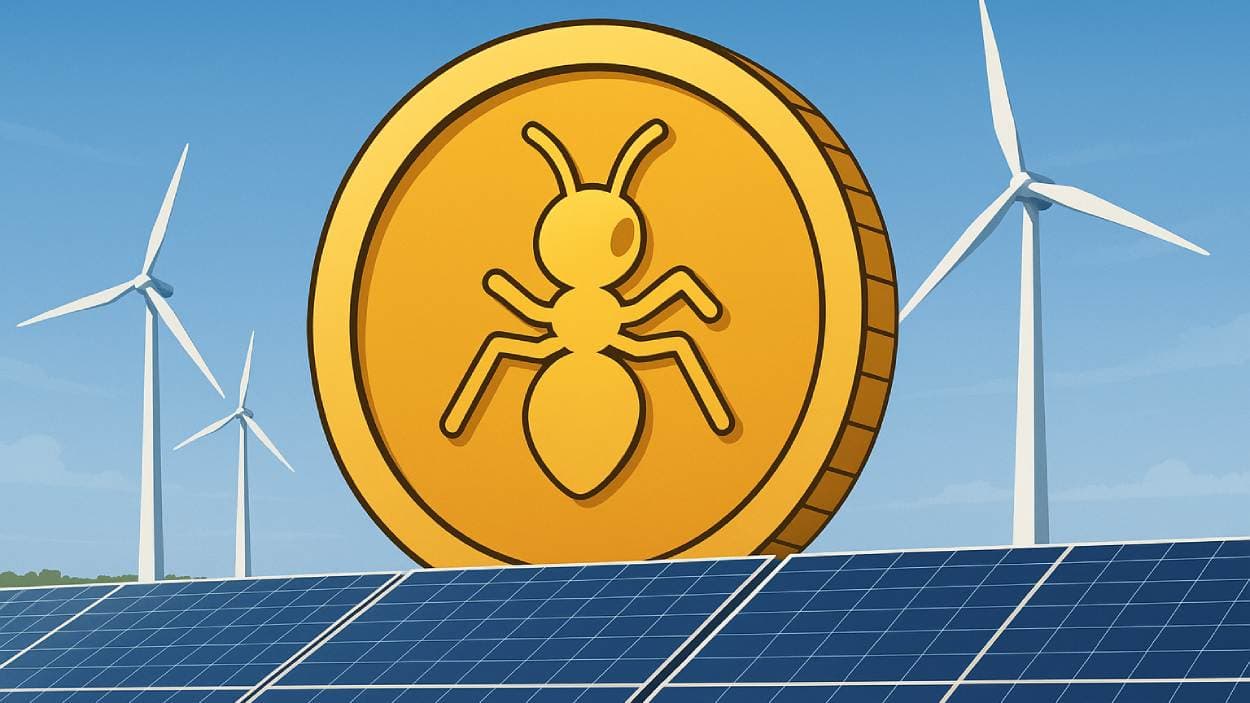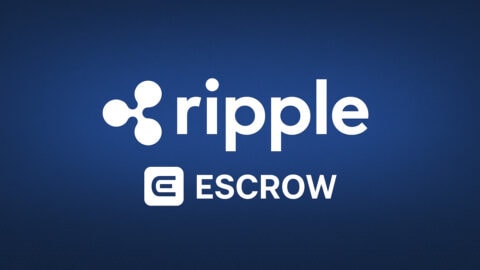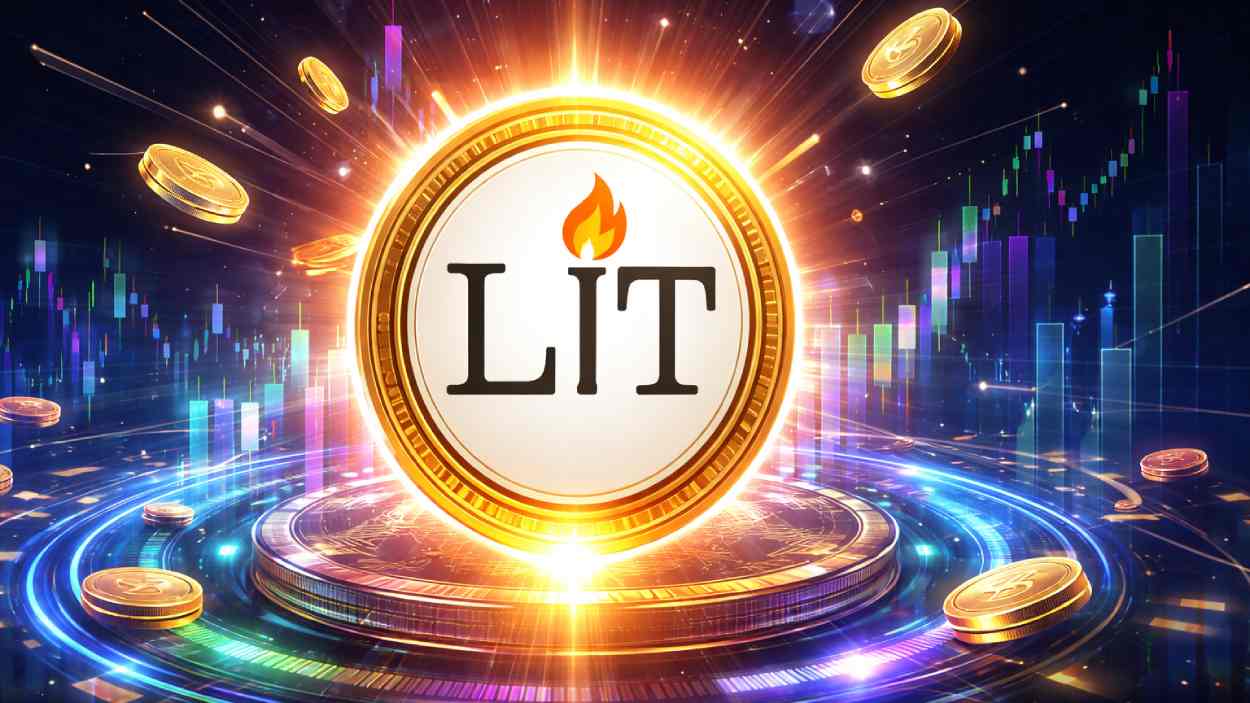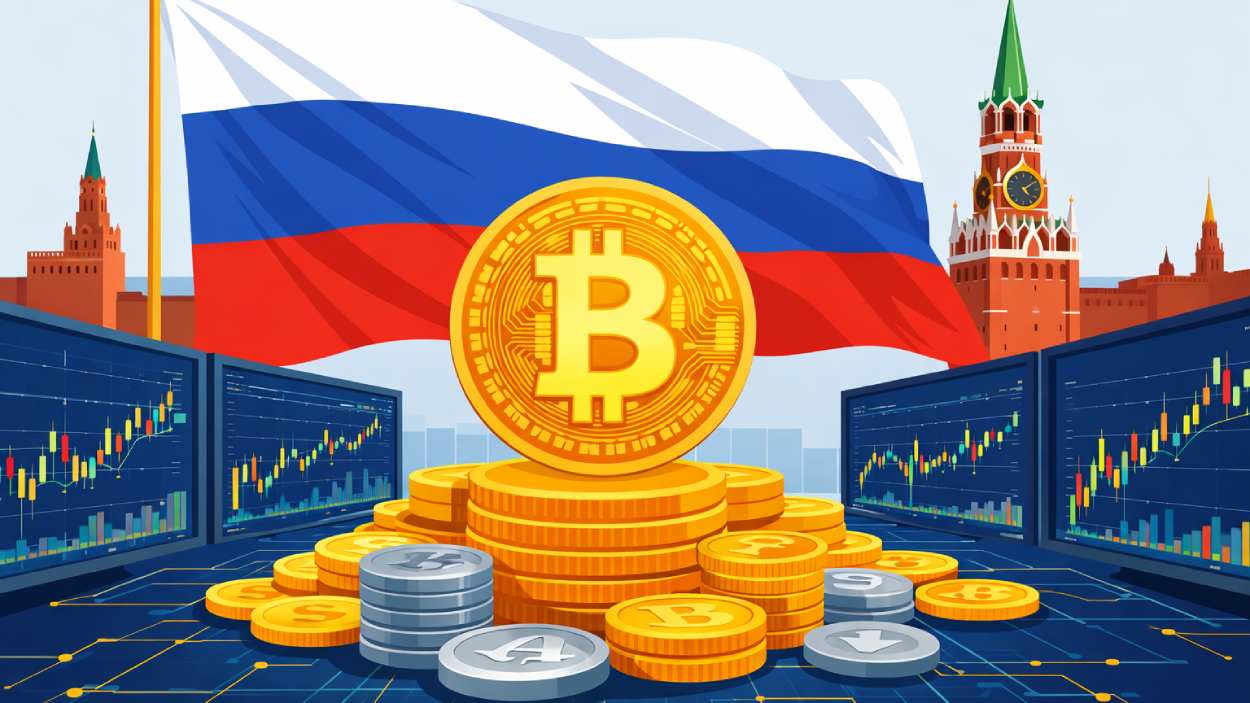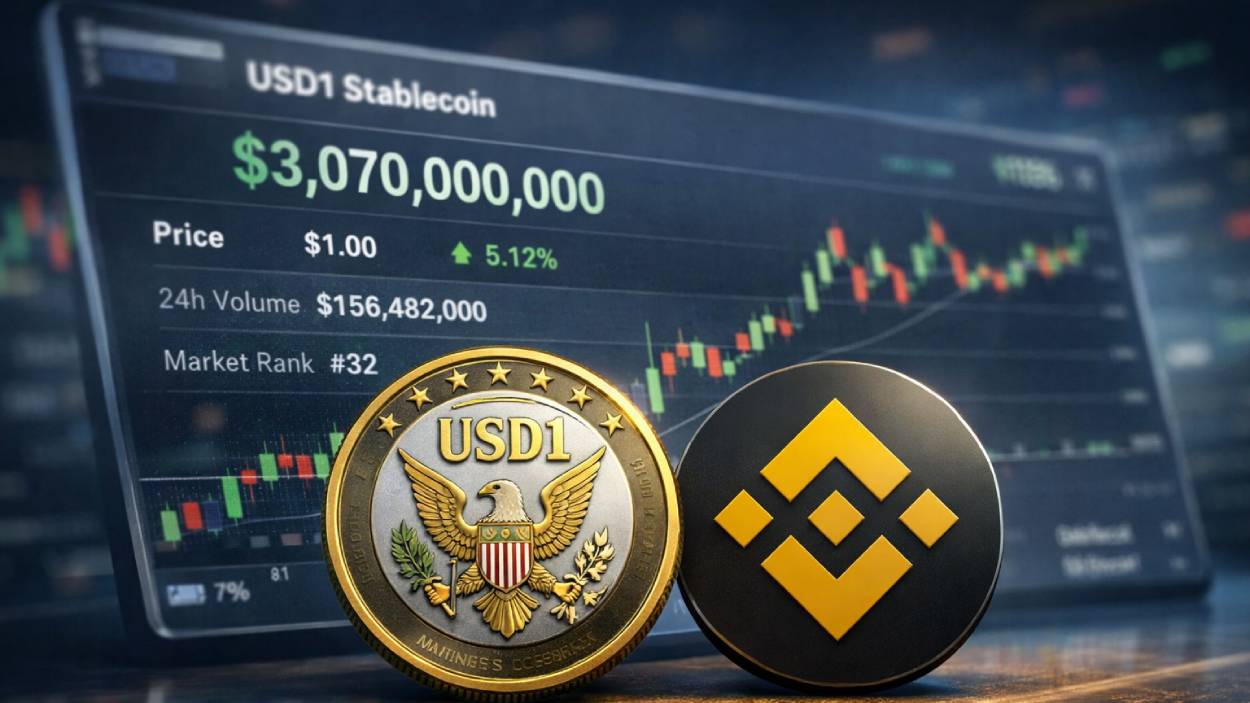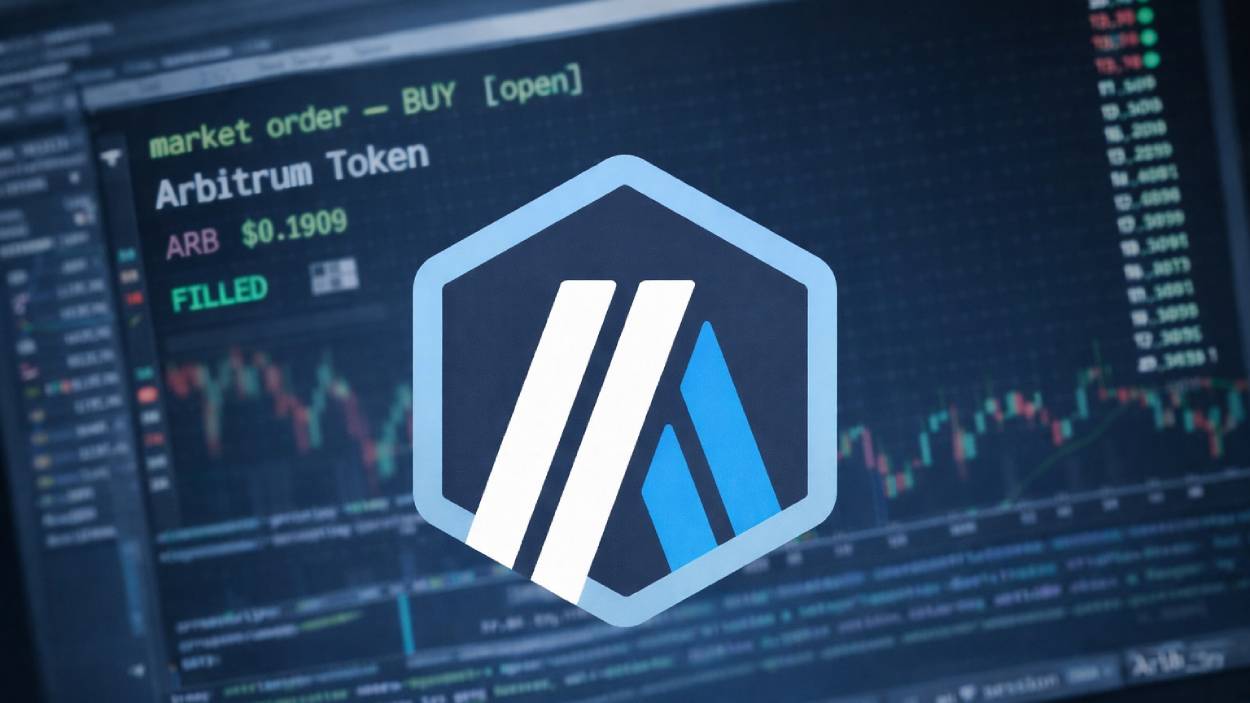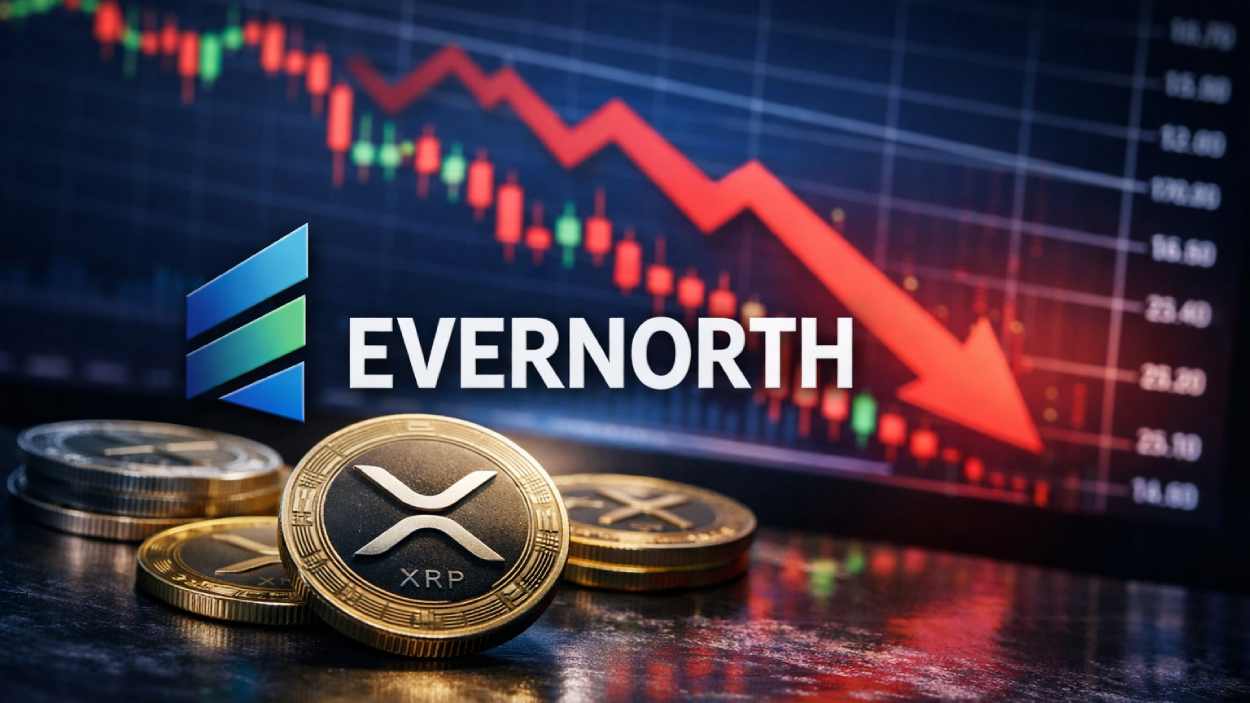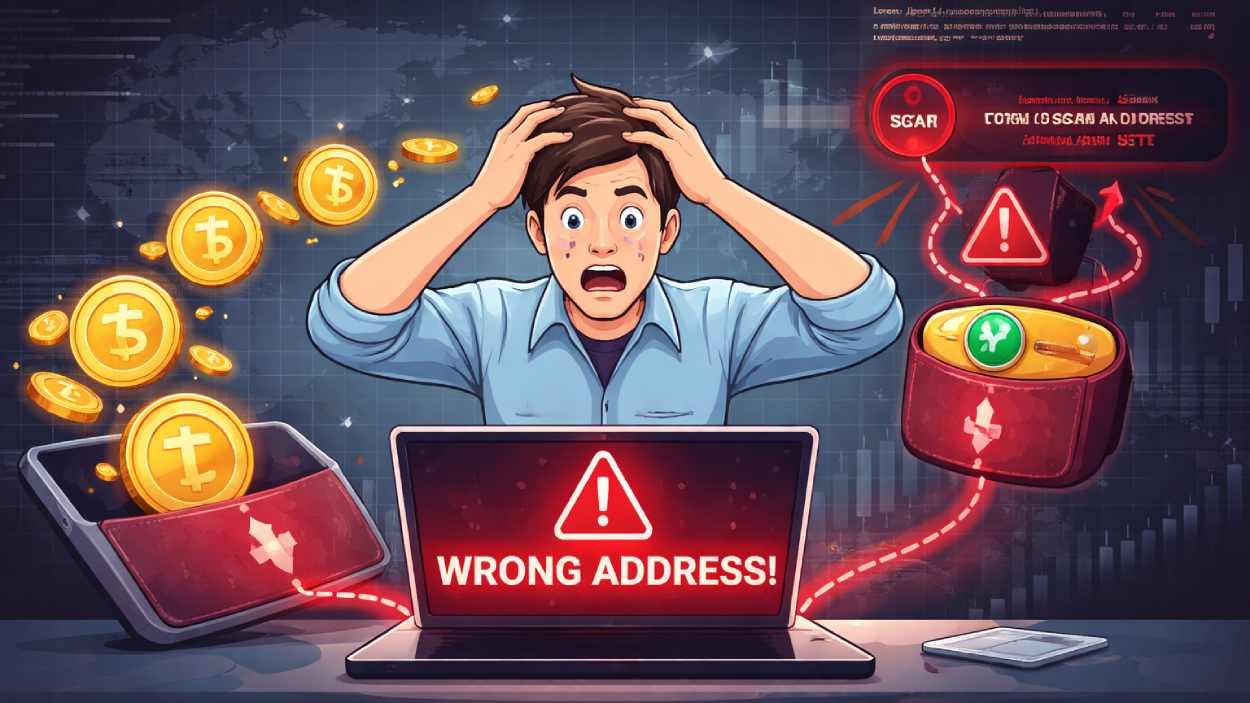Ant Digital Technologies, a unit of Ant Group, is tokenizing over $8.4 billion in energy infrastructure across China using its AntChain blockchain platform.
Key Takeaways
- Ant Digital is moving $8.4 billion worth of energy assets onto its proprietary AntChain blockchain.
- The initiative includes 15 million power devices such as wind turbines and solar panels.
- Tokenized financing has already raised $42 million for three renewable energy projects.
- Future plans include issuing tokens on offshore decentralized exchanges, pending regulatory approval.
What Happened?
Ant Digital Technologies, the enterprise blockchain arm of China’s Ant Group, is taking a massive step in the digital transformation of energy infrastructure. By moving over $8.4 billion in clean energy assets to its AntChain blockchain, the company is aiming to unlock new avenues for investment, data management, and operational transparency.
This strategy reflects Ant’s broader pivot toward blockchain-based enterprise solutions after regulatory setbacks curtailed its fintech expansion plans in China.
NEW: Ant Digital planning to tokenize over $8 billion in energy assets.
— crypto.news (@cryptodotnews) September 9, 2025
Ant Group unit has already moved operational data for power output and potential outages from an estimated 15 million energy devices in China onto AntChain, the company’s homegrown blockchain. 🚀 pic.twitter.com/w051zU2EcT
AntChain Tracks 15 Million Energy Devices
Ant Digital has already integrated more than 15 million energy-producing devices onto AntChain, including wind turbines, solar panels, and electric charging stations. The blockchain stores real-time data on power output and equipment outages, providing an immutable and decentralized system to manage and audit energy flows across China.
- These devices span across both public and private energy networks.
- AntChain enables monitoring of grid stability and performance across vast geographies.
This massive data integration offers new opportunities for optimizing energy production and usage in one of the world’s largest power markets.
Tokenization Opens New Paths for Funding
Beyond infrastructure management, Ant Digital is actively using tokenization to fund clean energy projects. The company has successfully raised a total of 300 million yuan ($42 million) through digital tokens linked to infrastructure assets.
- 100 million yuan ($14 million) was raised for Longshine Technology Group by linking 9,000 charging units to AntChain.
- 200 million yuan ($28 million) was raised for GCL Energy Technology by tokenizing its photovoltaic installations.
Tokenized asset financing allows project developers to bypass banks and traditional underwriters, offering fractional ownership or revenue rights directly to investors through digital tokens. This lowers costs, speeds up capital deployment, and opens doors to retail investors who are usually excluded from large-scale infrastructure funding.
Future Plans: Going Offshore for Liquidity
According to Bloomberg sources, Ant Digital is exploring the possibility of listing its energy tokens on decentralized offshore exchanges to increase market liquidity. These plans remain tentative and depend on regulatory approval in key international markets.
Additionally, Ant Digital is participating in a sandbox program run by the Hong Kong Monetary Authority to explore real-world asset (RWA) tokenization, a move that could expand its blockchain influence beyond mainland China.
Global Context: RWA Tokenization Gains Traction
Ant’s efforts mirror a larger global shift in how companies handle real-world asset financing. From tokenized real estate on platforms like RealT to equities and bonds on Securitize, blockchain-based ownership is moving into the mainstream.
Energy infrastructure, long considered capital-intensive and exclusive, is now at the forefront of blockchain innovation. Ant Digital’s large-scale move may become a model for how emerging markets can modernize outdated grid systems and democratize investment access.
CoinLaw’s Takeaway
In my experience, this is one of the most ambitious and strategically important uses of blockchain in traditional sectors like energy. What impresses me most is not just the scale of the $8.4 billion move, but how Ant Digital is bypassing the usual financial bottlenecks to fund clean energy. I found their use of tokenization to create real investment opportunities, even for smaller players, particularly bold. If Ant can navigate the regulatory landscape and bring these tokens to offshore exchanges, it might just lead the global charge in real-world asset tokenization. This is not just about technology, it’s about rewriting the rules of infrastructure finance.
Hover or focus to see the definition of the term.

